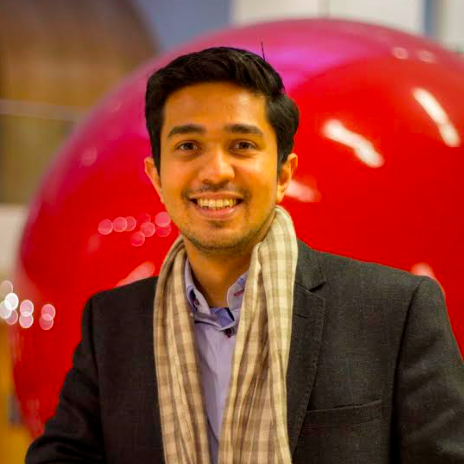
Social media is a tool of modern technology that nearly half of the world’s population uses daily. It not only has the power to solidify existing communities but can also facilitate the rapid creation and dissemination of information at the click of a button. With this power comes a great — but sometimes critical — responsibility. At the core of the problem lies: Who owns this responsibility?
This 21st-century challenge has metastasized into a global crisis: social media-led online toxicity. The toxicity in question is affecting everyone in our society, turning social media into a vessel for hate speech and misinformation that’s rapidly circulated. Today, this rampant threat is straying from the boundaries of the internet and wreaking havoc in everyday “in real life” (IRL) communities. The world experienced first-hand how damaging misinformation was during the COVID-19 pandemic when health misinformation became a public threat overnight due to its growing presence on social media platforms. Social media has also caused real violence as seen with the recent shootings like Highland Park, Illinois where online posts revealed that the suspected gunman left a long trail of tributes to mass shootings and public killings in advance of the Fourth of July attack. This modern-day crisis requires a modern solution focused on information harm reduction.
Current social media platforms capitalize on misinformation because content that evokes intense sentiment draws higher engagement, in turn, generating more revenue. As misinformation moves fast and is a growing threat to society, it is up to policymakers and political actors to challenge the traditional social media business model and build a new future for social media.
So, what are the necessary steps to curb this harmful content and execute a program of information harm reduction? We suggest three to start.
Build a sustainable internet with a clean social media approach
We can curb harmful content by first encouraging a behavioral change in social media – a clean social media. Similar to how clean energy aims to curb negative environmental impacts such as pollution, clean social media is an intentional cross-sector strategy to reduce the hate speech and harm users frequently experience online. The clean social media approach begins with removing the toxic algorithms of traditional social media platforms, which amplify content that drives hatred and polarization to increase engagement and “clicks.” Online platforms need to embed the concept of “people over profit” within their business models before the first user signs up for an account to make a lasting impact.
Pixstory is an example of one such platform. Founded with integrity at its core, Pixstory’s business model is shaped to hold its users accountable for their content and to prioritize people over profit, all while being home to healthy dialogue. Similarly, programmers like Darius Kazemi are creating online spaces with a more democratic approach to content moderation that prioritizes its users.
There was once a time when the term “energy” was synonymous with fossil fuels until clean energy from renewable sources emerged in response to the climate crisis. Today, the combination of transparency from online platforms and integrity is the key to a more sustainable online environment. We’re in crisis mode and clean social media is the long-overdue solution.
Integrate information harm reduction into ESG strategy
Corporate action around ESG has been a crucial driver of progressive innovation and social impact. As new social challenges create new imperatives for businesses around the globe, developing solutions to the social media crisis must be a consideration for companies engaged in ESG. When it comes to the “S” in ESG, social media-driven hate, misinformation, and polarization is the biggest threat to society, which is why businesses have a responsibility to support efforts to mitigate them. By partnering with new platforms that are designed with information harm reduction in mind, corporations can help transform their business model to build a sustainable internet, one that doesn’t profit from hate speech and misinformation. And, it’s possible.
Create a competitive ecosystem
Free market competition in America has often been the catalyst for the greatest inventions and accomplishments in history. In the world of athletics, competition drives athletes to strive for greatness and aim for the best possible outcome. Now more than ever, social media needs an ecosystem that fosters competitiveness towards building a new business model that puts people over profits and promotes safety online. Additionally, regulation should expand its scope of intellectual property rights laws to protect new tech entrants into the arena of social media from their ideas being co-opted by big tech giants.
In today's digital age, the ball is in the court of corporations and online platforms to team up to transform the current business model into one that utilizes a clean social media approach, designed with information harm reduction capabilities. The future of our society depends on it.
Interested in having your voice heard on 3p? Contact us at editorial@3BLMedia.com and pitch your idea for a guest article to us.
Image credit: Patrick Tomasso via Unsplash

Appu Esthose Suresh is the founder of Pixstory and investigative journalist who covered the changing pattern of communal roots in India. Appu was recognized by the Mumbai Press Club's 2015 RedInk Awards in the “Journalist of the Year” category for his series on the “Communal Cauldron in Uttar Pradesh.”














